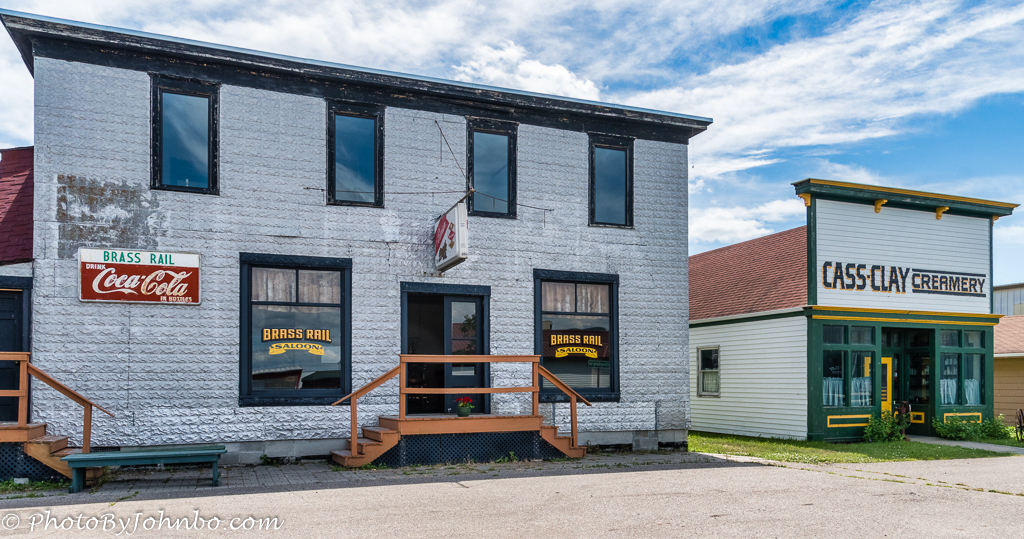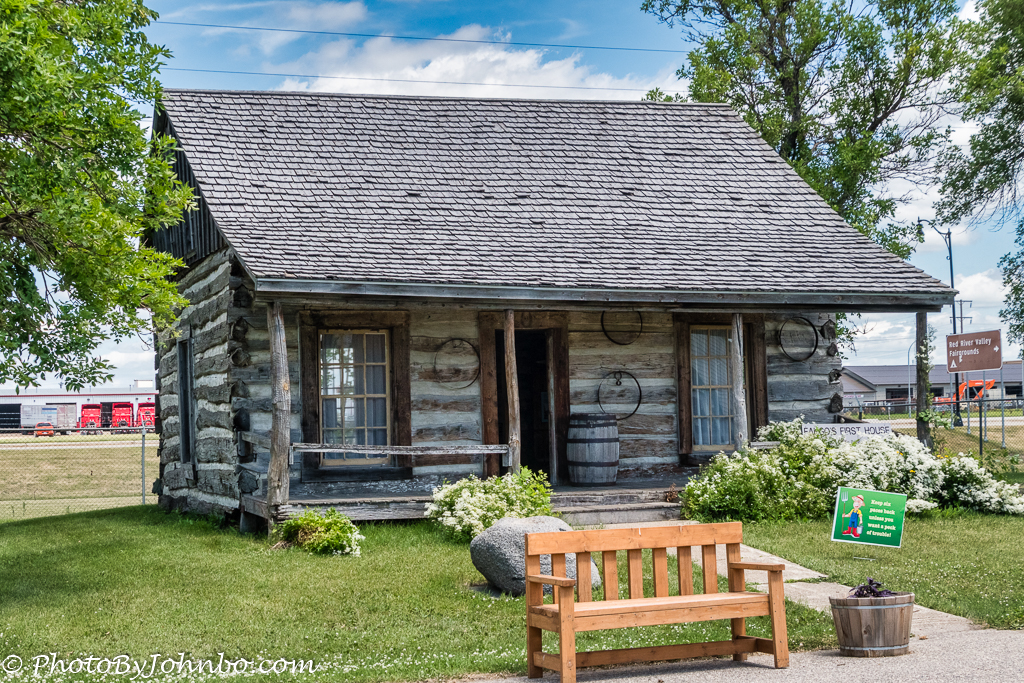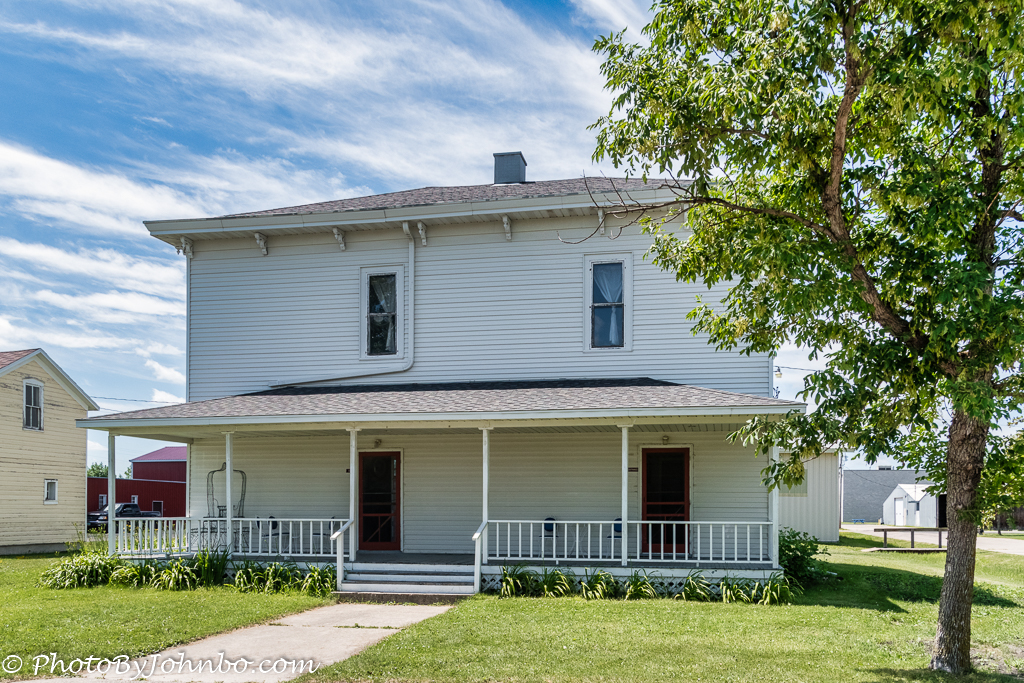West Fargo, North Dakota.
Every community of any size has at least one attraction that locals are aware of and maybe have visited once or twice. Other than that, it’s not considered unless friends or family come to town and you are looking for places to share about your community. In my mind, Bonanzaville is just one of those locations.
The last time I brought a family member to visit (before this July), was literally decades ago. The museum and pioneer village has changed and improved immensely in those years. The museum, operated by the Cass County Historical Society, today features displays that focus on the history of the Red River Valley and life in rural North Dakota and Minnesota. There is also a classic car museum, a railroad museum, an early telephone museum, an aviation museum, and several other dedicated museums featuring technologies used in life on the prairie in the late 19th and early 20th centuries.
The best part of Bonanzaville, though, is the pioneer village. The opening photo features the Brass Rail, a saloon and hotel that was originally in Page, North Dakota, about an hour drive from our home in Fargo. Next door is a reproduction building, the Cass-Clay Creamery, a reproduction of a 1920’s era creamery.
The photo immediately above is of Fargo’s first house. Constructed in 1869, when Fargo was mostly a tent city, the house even served for a short time as Fargo’s jail. In 1974, the house was donated to the Cass County Historical Society for placement at Bonanzaville. By 1980, it was restored to near original condition.
For those interested in railroading, the Spud Valley Railroad Club features a model train display that is housed in the original Kathryn North Dakota train depot. With over 400 feet (122 m) of tracks, the trains are triggered by the motion of people entering the building and the display begins operating in a replica of 1950’s era Fargo. If real trains are more to your liking, there is also a railroad museum on the grounds.
One building that holds some great memories for me is Dawson Hall. This theater has been modernized inside and is home to a local theater group that produces one play a year. For several years, I was a member of that group and often played a supporting role in their annual farce.
The Houston House is a Bonanza Farmhouse originally located near Hunter, North Dakota. Built by David Houston (of Eastman Kodak fame), Houston was one of the owners of a bonanza farm. For a time, very large corporate farms containing thousands of acres of rich Red River Valley farmland were a profitable agricultural force in North Dakota. Usually owned by one or two individuals who didn’t live in the region (like David Houston,) these farms were often 10,000 acres or more. They became an economic force until the first decade of the 20th century when the high costs of land and production made them significantly less profitable. For those interested in the concept and operation of bonanza farming, check out the resource here.
Throughout the year, there are activities planned on the grounds at Bonanzaville, though in 2020, because of the pandemic, many of their events have been canceled. One of the popular attractions is the South Pleasant Church originally located in Christine, North Dakota. Every year there are many wedding ceremonies performed in the church that was moved to Bonanzaville in 2015. The Cass County Historical Society has a complete web site documenting the exhibits housed at Bonanzaville. Check here for schedules of special events, current hours of operation, and information about the exhibits. I present for your review a gallery of images captured during our most recent visit to Bonanzaville.
John Steiner
















It’s very interesting to be able to travel back in time.I imagine that normally the staff is dressed in period costume.
That would be an enhancement like I’ve seen in other parks. They have certain weekends where people dress in period costumes. There may be a parade, or other attraction then as well. During one of those weekends, my wife and I were performers in a melodrama there, dressed to fit the period.
Just the name is enough to entice me in!
Truly a walk back in North Dakota time!
Interesting to learn the history of some neighborhood. I’ve been living in this part of town for 30 years but only walked on the streets once several years ago to learn the history about many buildings.
I am as guilty as the rest. I feel like I have to travel to learn history when it is right in my back yard.
That’s always the case, John. Tourist come to our neighborhood and we travel far to be tourists.